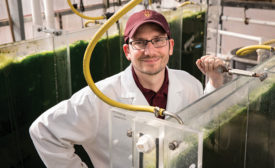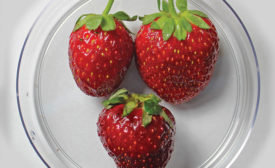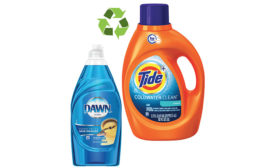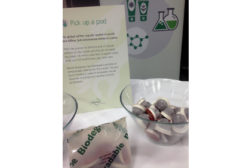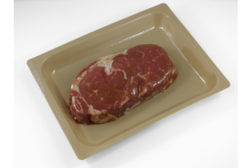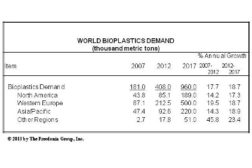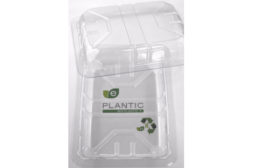Home » bioplastics
Articles Tagged with ''bioplastics''
Materials Technology: Bio-based Materials
The year of bio-based packaging
Sustainable living is growing and with it, interest in going beyond recycling.
August 15, 2016
Materials Technology: Sustainable Materials
A look at consumers and sustainable products
Insights shed light on what consumers really want.
February 3, 2016
Ultra-high barrier renewably sourced material comes to vacuum skin packaging
Plantic eco Plastic skin pack adds new dimension to VSP
February 9, 2015
Success of bioplastics ultimately depends on price and performance
Global demand for biobased and biodegradable plastics will rise 19% per year to 960,000 metric tons in 2017.
December 17, 2013

